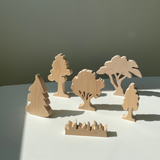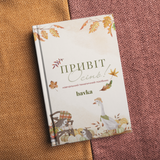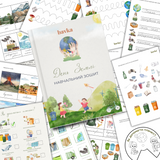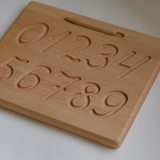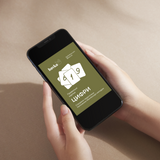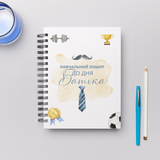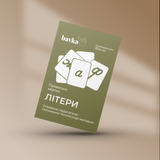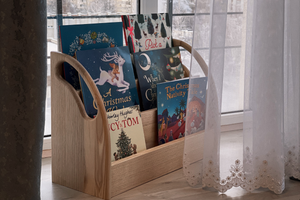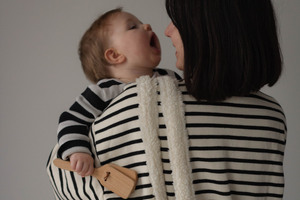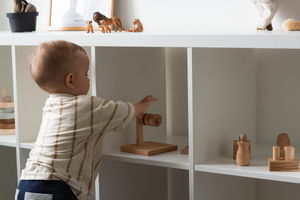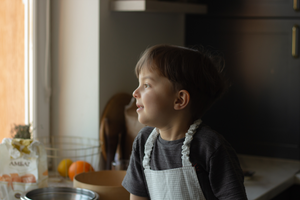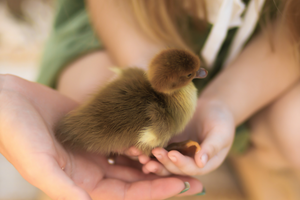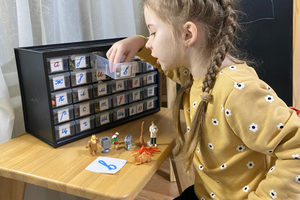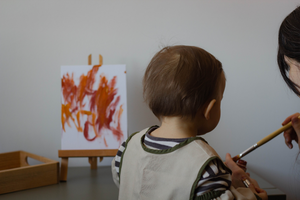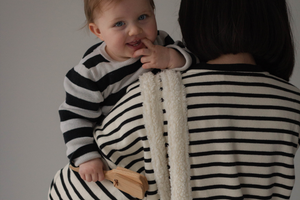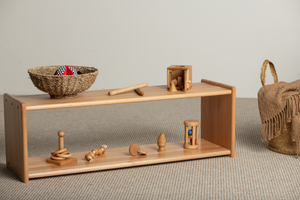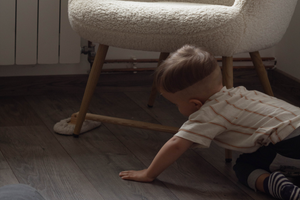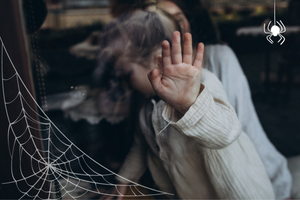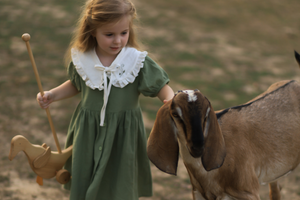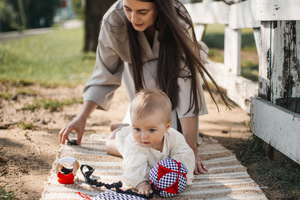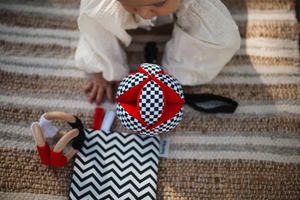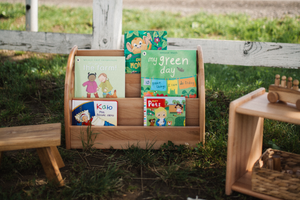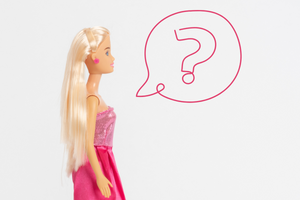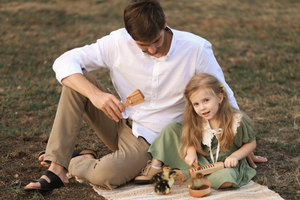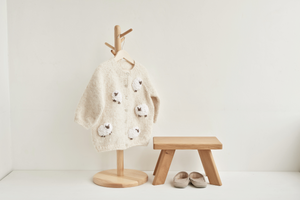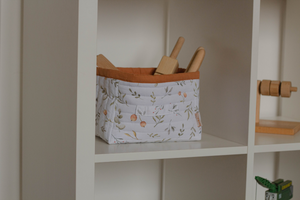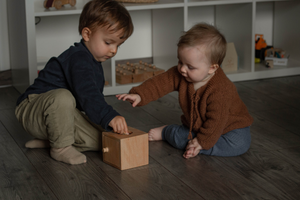These were six amazing years leading up to the long-awaited independent reading. My daughter completed her school readiness stage, started first grade, and began reading on her own. I wanted to share this experience with you. Today, I also want to explore this important topic with an expert.
Natalia Tymoсhko is a course methodologist for "School Preparation" at the Smartum Academy, a trainer for the courses "Bukvarika," "Chytaryka," and "School Preparation" (since 2020), and the founder of the "Children’s Reading Club."
-
When should you start reading to your child, and what books should you choose?
-
Research shows that reading to children from an early age positively impacts their language development. Even newborns benefit from hearing reading—it develops their listening skills and contributes to the formation of future language abilities. For the youngest children, books with simple, large illustrations and rhythmic verses are ideal. You can choose fold-out books or books made of fabric or cardboard, which the child can touch independently.
Reading aloud creates a strong emotional bond between the child and the adult. It not only expands their vocabulary but also fosters a positive attitude toward books and the reading process.
For children aged 1-3, short rhyming stories with repetitive phrases and large illustrations are suitable.
For toddlers aged 2-4, you can choose interactive books with flaps that children can open while reading, making the process exciting and engaging. Books with movable elements, where children can pull tabs to move characters or change the picture, add dynamics to the reading experience, making it more interesting.
Books with different textures allow children to touch surfaces that mimic animal fur, fabric, or other materials. This helps develop sensory perception. Sticker books, where children can complete stories with stickers, enhance their imagination and motor skills while allowing them to interact creatively with the text.
- My daughter and I loved these kinds of books. I used to order sensory books from abroad, in English. There’s minimal text, but the images and interactive elements are impressive. So, even if you're not raising a bilingual child, foreign books can be great for starting. I have a few good collections of first books for Montessori parents, which you can check out below.
(Instagram posts)
-
Nowadays, the selection is broad, and there are certainly recommended books, but how do you not get lost in the options?
-
It’s important to consider what interests the child. If a child is fascinated by animals or transportation, choose books on those topics. This increases motivation and interest in reading. Books with realistic images of animals, cars, or household items help expand their understanding of the world. Stories where characters experience different emotions help children learn to understand and express their own feelings, which is essential for emotional intelligence. Stories about relationships, kindness, and friendship.
-
I remember our first steps, how I just started reading to my daughter, and at first, I was confused, not knowing where to start or how to make the first books interesting for her, as her attention span was very short.
-
Reading should not be a one-sided process. Encourage dialogue with your child: ask what they see in the pictures or what they think will happen next. This fosters critical thinking and stimulates verbal activity. Choose books with simple questions or tasks where you can point out objects and discuss them.
-
I completely agree! I want to share a guide I once created on how to read books without text. I’m sure it will be useful for many during their child’s early years.
(Instagram post)
Here are some simple steps we can take to help children love reading:
- Start with simple books that have lots of illustrations and little text.
- Read aloud regularly and interactively.
- Consider the child's interests and emotional state.
- Choose interactive and visually appealing books.
Consistency and rituals.
Reading time:
Establish a regular reading time, such as before bed. This will help the child get used to the ritual and look forward to reading as a pleasant part of the day.
Give them choices:
Let the child choose the book they want to read. This gives them a sense of control and responsibility for the process.
Maintain interest through variety.
Switching books and genres:
Offer different types of books—stories, poems, comics. Variety helps avoid boredom and maintains interest.
Stories from real life:
Read about everyday situations that the child can relate to, like books about kindergarten, family, or friends.
Set an example.
Read together:
Children often imitate adult behavior. If they see you reading books or reading enthusiastically, it will motivate them to read more.
Reading as a family:
Read together, involving other family members in the process, to create a family tradition of reading.
Don’t make reading a chore.
Reading as pleasure, not a duty:
Let the reading process be easy and joyful. Don’t force the child if they don’t want to read at that moment. Gradually, the child will become interested in books if the process brings them joy.
- Thank you, Natalia, for the detailed information! I’m sure many will find it very helpful! I also want to confirm that I followed these steps with my daughter from an early age, which is why I’m now enjoying the sweet fruits of my efforts.
Before school, I decided it would be more effective to send her to school preparation with a teacher, because even if a mom is a teacher, at home she’s still a mom. And thanks to the foundation we laid and the teacher’s work, in just three months, my daughter began reading on her own.
It was essential to teach her the sounds that the letters represent, and many exercises focused on sounds.
Now that she’s reading, though still hesitantly, we’re building up our library with books for early readers. Below is my personal selection.
Leave a comment and share what stage you're at, and whether your kids enjoy reading together!


